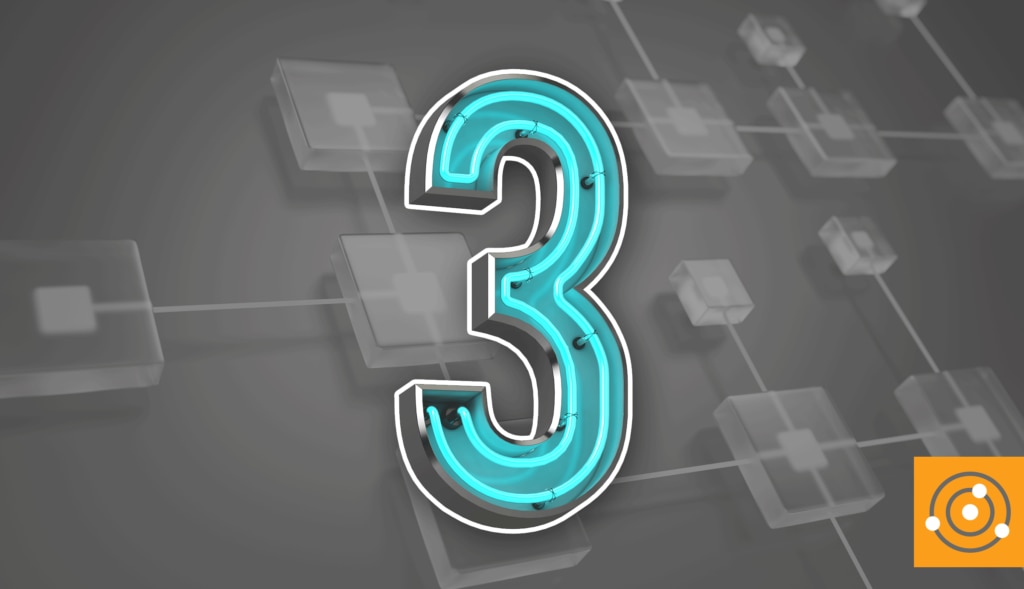Are We Still Scared of IT Automation?


Page Contents
Page Contents
This thread came in a weird way as a result of seeing yet another re-run of the classic movie “Back to the Future” the other day. Bear with me on this one, and hopefully it will start to make some sense.
The story begins when I had just started out in my IT career way back in 1990—yes, it’s been a while. I’ll come back to that in a sec. In the present, I often look at my kids and think of how they take all the ubiquitous tech—the internet, smartphones, etc.—for granted, and they’ve never know a world without constant Wi-Fi and all that goes with it. Actually, it’s not just my kids’ generation, even for me who clearly remembers a world with no Google, no Amazon, no YouTube, no internet period. It’s been so all-pervasive for so long now, it would be a real shock and really hard to go back to the pre-internet way of life.
So, back in 1990, I had just moved to Germany from the U.K. working as a technician on big IBM water-cooled mainframes. Computers big enough to fill a decent-sized room. Lots of travel to different cities was involved and having only recently passed my driving test, getting used to driving on the “other” side of the road and getting into the new language, etc., navigating around to customers was a bit stressful at times, especially as being late in Germany is frowned upon.
I was never a fan of the fumbling with a (paper) map on go. Let’s face it, it’s a bit dangerous. Especially annoying was when your street was on the fold of the map. Writing out the directions helped, and I got an idea to borrow a shortcut from a mundane but important task: working with the mainframes.
When we got a new system in, it was crucial to record the serial numbers of all the TCM (thermally cooled modules). Very large and expensive chips. This was boring and required two people: one calling them out, one writing. I got the idea to record them into my Walkman and note later. So, I thought, for the next trip, why not record the directions into the Walkman and play/pause them back? It worked like a treat (most of the time). OK, it was no scientific breakthrough, but a handy little hack, nonetheless. I was chatting to a colleague about this who informed me that a few companies were working on SatNav, and he proceeded to give a somewhat inaccurate description of how it would work. It all sounded supercool and futuristic.
Now, if I was able to talk to my 1990 self and say in 2021, not only will I be able to dispense of maps completely because not only will SatNav be built into almost every car, it will also be a free app on your phone and watch. This would really have seemed nuts. Now, if I went on to say there will be cars and an ecosystem allowing you to not only automatically find the best route based on distance, crowdsourced traffic data, accident blackspots, etc., but these self-driving cars would automatically brake if too near the car in front, would automatically detect lanes and veer you back on course if you get drowsy, and (the clincher) could even drive you safely to your destination while you sleep or whatever… but we would stop at that last bit. Why? Well, of course, it’s complicated: legislation, the what ifs, essentially, is down to trust.
Everyone knows how awesome it would be if we didn’t have to worry about the what ifs when it comes to this example of automation or in an IT context. The release from mundane tasks and huge productivity gains, the fact that as per this Network World article citing an uptime institute survey: 70% – 75% of data center errors are caused by human error and 60% of respondents believed their most recent significant downtime incident could have been prevented with better management/processes or configuration.



